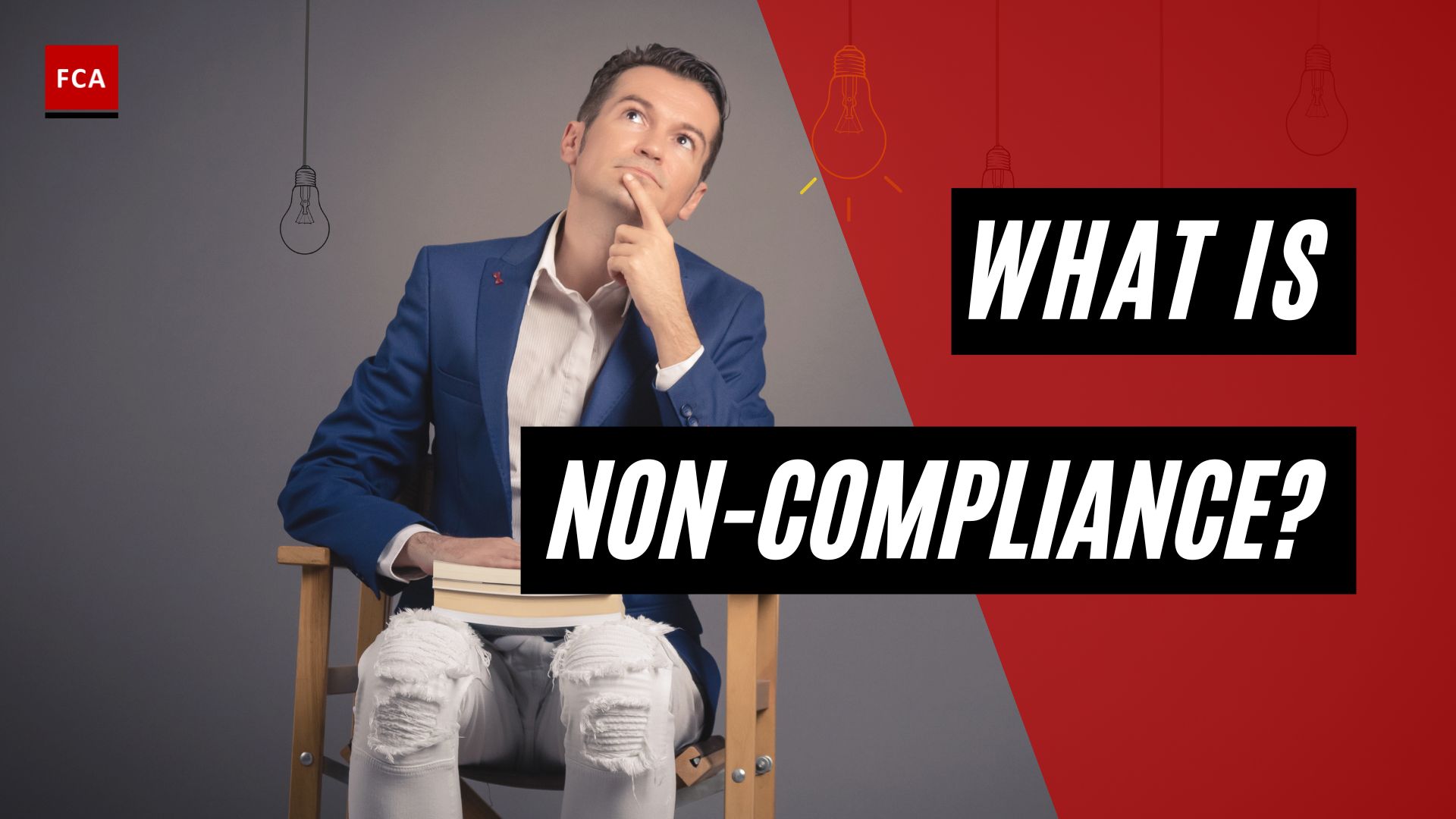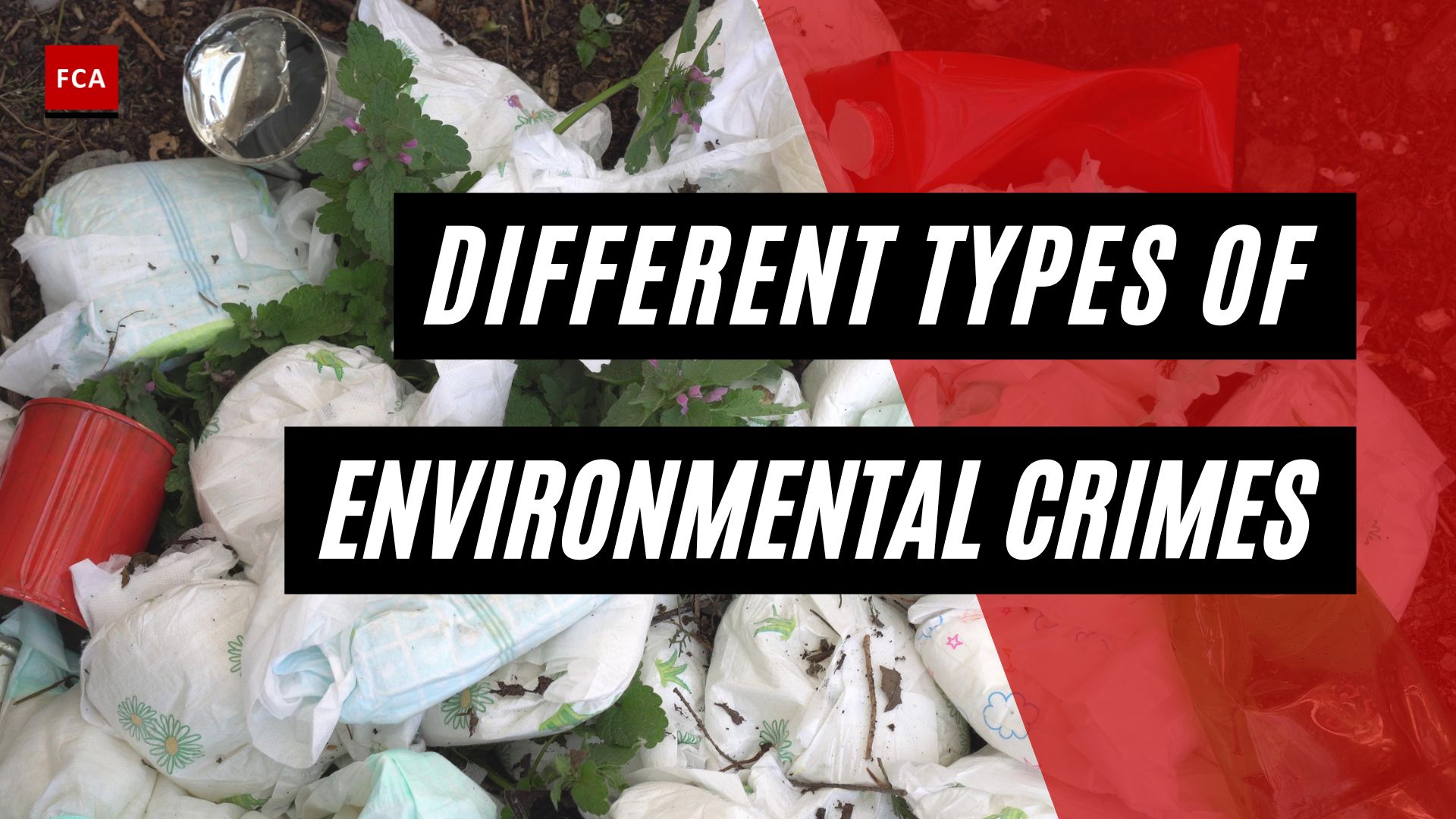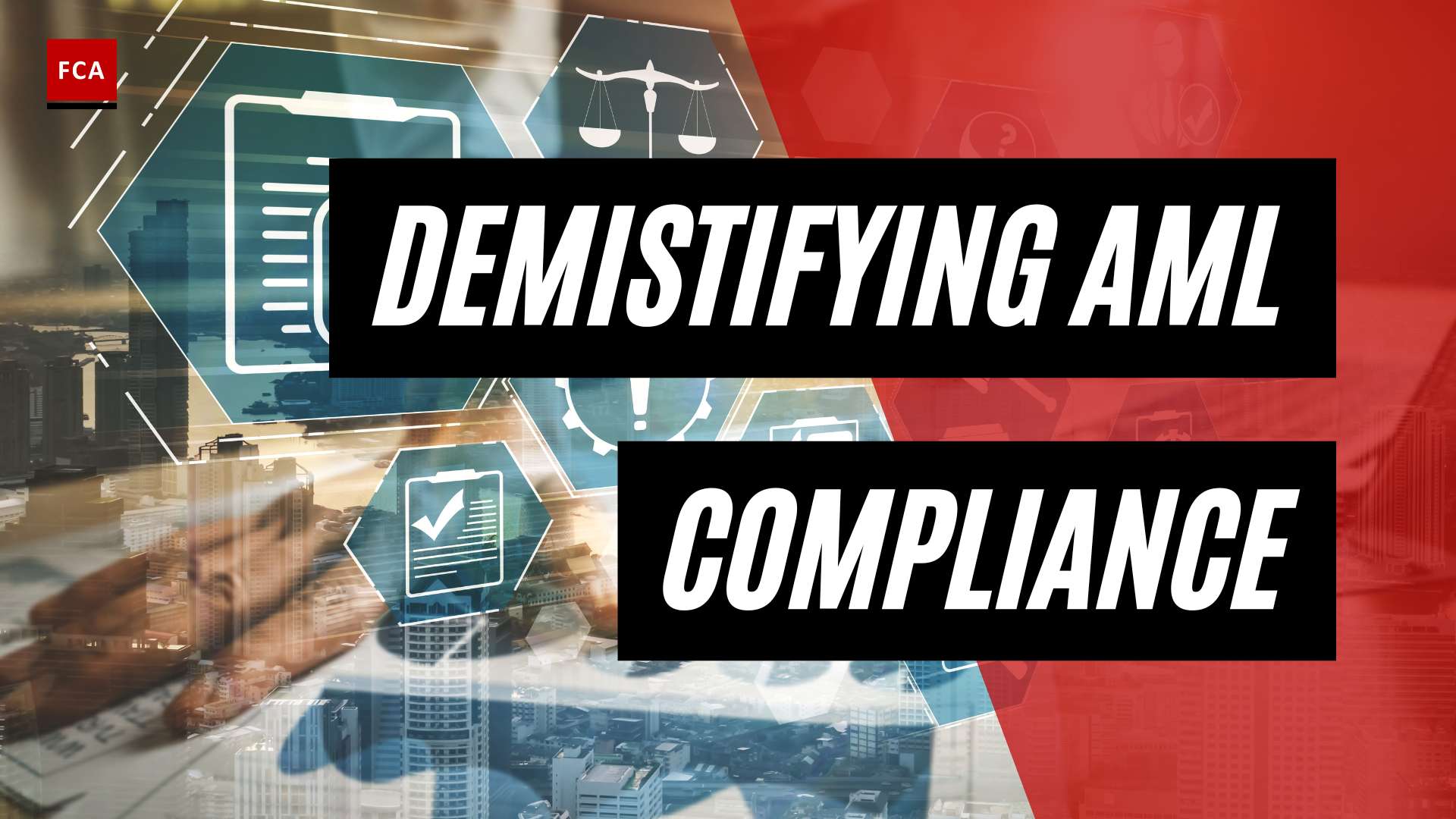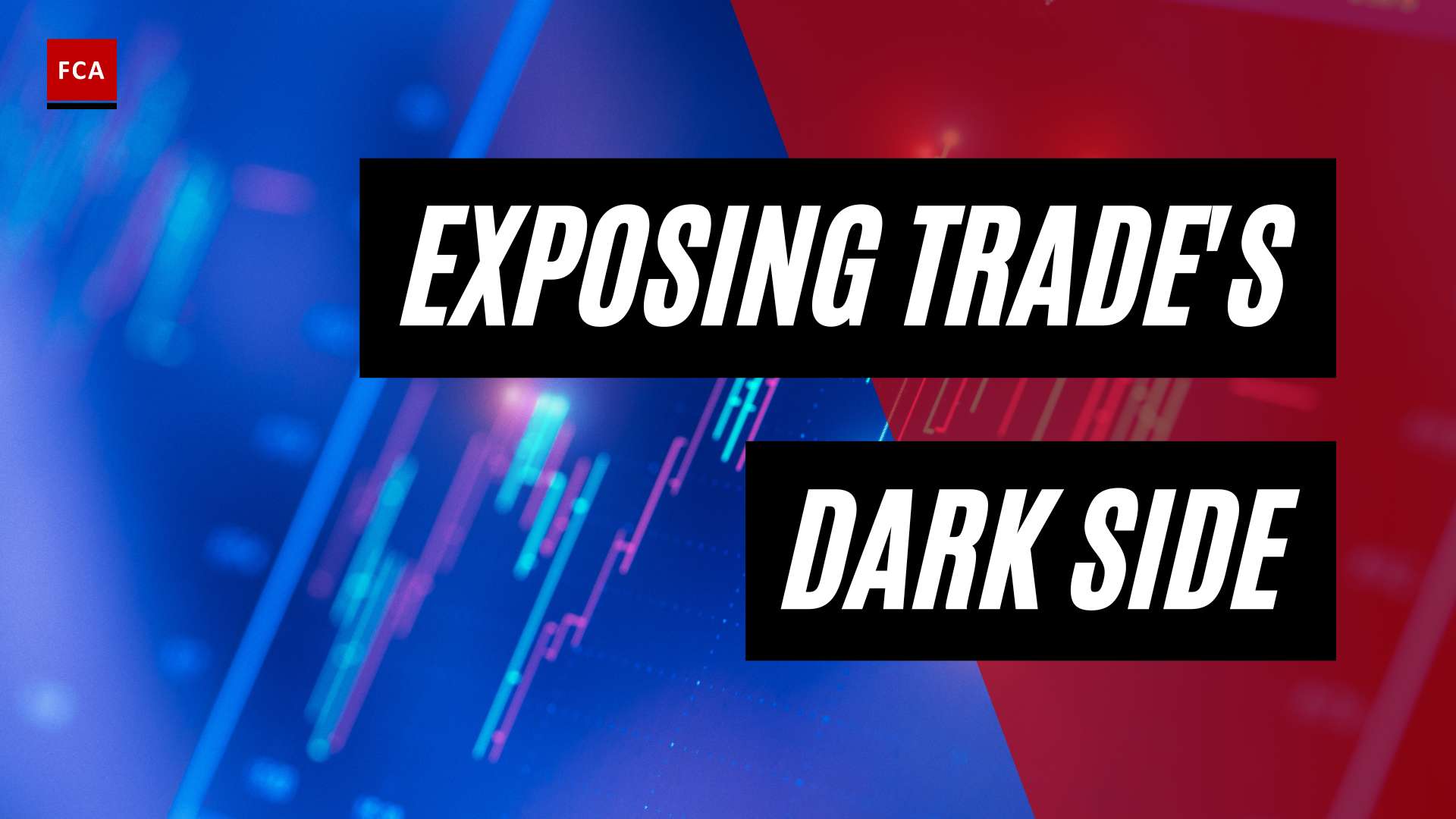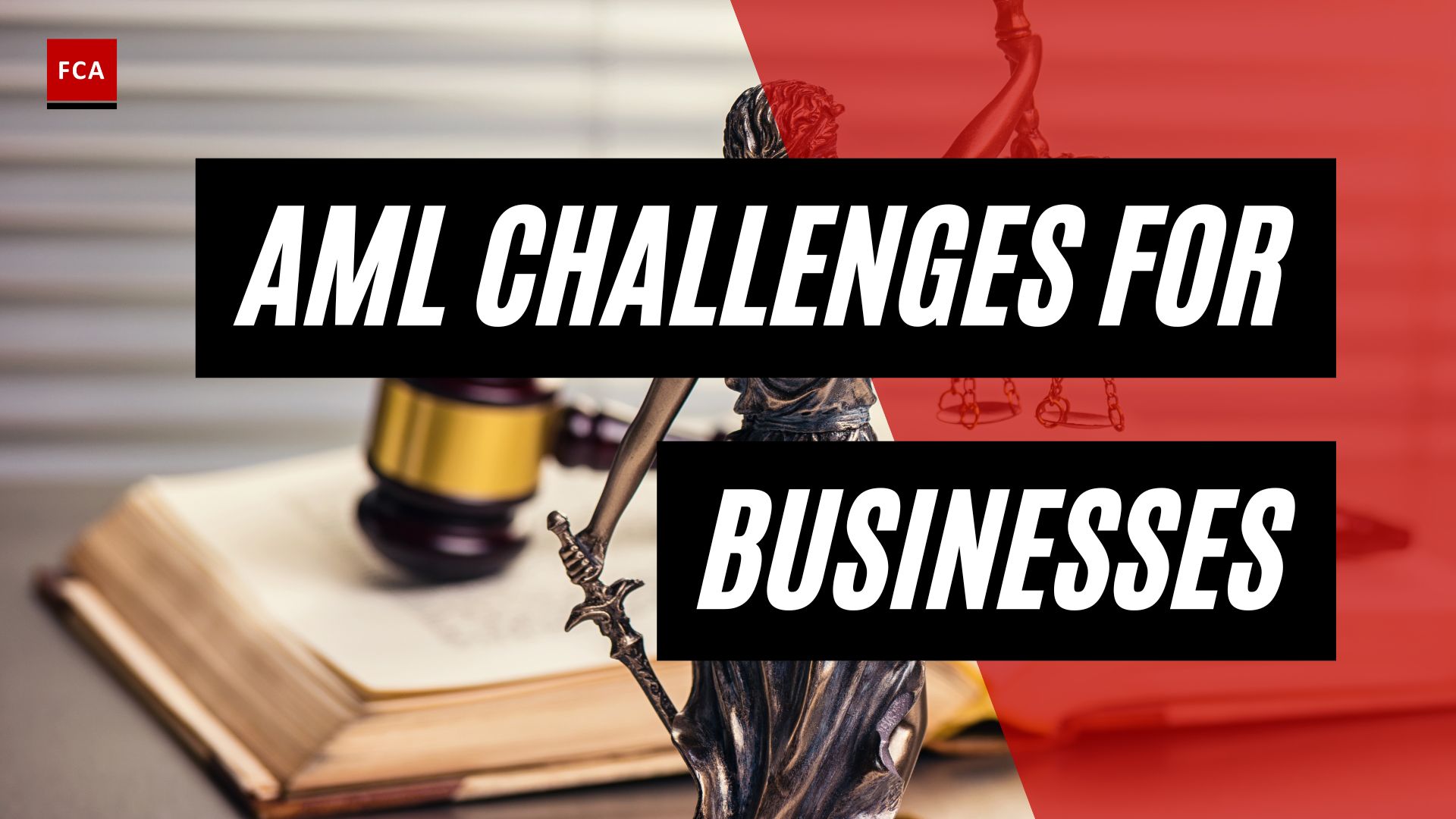The emergence of international anti money laundering and counter terrorist financing regulation. The last 50 years and the emergence of international AML and CTF regulation are, in essence, the story of transitional crime. In the early 1980s, when Columbian drug cartels, including Pablo Escobar, began their massive distribution of cocaine, no one could imagine the sheer quantity of cash they would receive from their operations.
In the early days of the cocaine business, some of the cash was flown back down to Colombia in the same airplanes flying in cocaine. This cash was converted into pesos at willing Colombian banks or kept at hand for covering operating costs starts the emergence of international anti money laundering and counter terrorist financing regulation

The Emergence Of International Anti Money Laundering And Counter Terrorist Financing Regulation
Soon, these criminals began preferring bank accounts over keeping their criminal proceeds in cash. The emergence of international anti money laundering and counter terrorist financing regulation . In the early 1980s, they began carting huge amounts of cash into US financial institutions. Back then, it was allegedly not only possible to deposit boxes of money inside a bank, but the banks would have rooms set up with counting machines. It is reported that some banks even instructed employees to help the drug dealers set up and fund their accounts.
In 1986, the United States passed the so-called Money Laundering Control Act. This law declared money laundering as a crime in its own right. It made structuring to avoid currency reporting a criminal offense. Thus, banks considered it more seriously and became stricter about money laundering laws.
In 1988, the United Nations signed a treaty following the political and sociological developments in the 1970s and 1980s. The growing international demand for cannabis, cocaine, and heroin triggered an increase in illicit production in geographical areas worldwide.
With the rising size of the illicit drug trade, international drug trafficking became a multibillion-dollar business dominated by criminal groups, providing grounds for creating a Convention and the significant escalation of the war on drugs. This United Nations Convention Against Illicit Traffic in Narcotic Drugs and Psychotropic Substances of 1988 is one of three major drug control treaties currently in force. This was also the birth date of everything that came in terms of international AML/CTF regulation.
The pace of international activity in the anti-money laundering field accelerated in 1989 when the Group of Seven nations launched the Financial Action Task Force, or FATF, at its annual economic summit in Paris. FATF was meant to serves as the vanguard in promulgating AML guidance to governmental bodies around the globe.
The task force was initially charged with studying money laundering trends, monitoring activities taken at the national and international level, reporting on compliance, and issuing recommendations and standards to combat money laundering. Combatting terrorist financing has been a priority for the FATF since 2001, following the same year’s disastrous events in New York City that are known as 9/11.
Finally, it is important to recognize that the International Monetary Fund, or IMF, and the World Bank also offer important perspectives to anti-money laundering and counter-terrorist financing. Everything onwards is mostly based on a national level or a bigger jurisdictional area like the European Union.
Can Money Laundering Be Stopped?
Given that estimated annual flows are approaching 3% of global economic output, increasingly aggressive AML enforcement can only aim to contain money laundering rather than completely eliminate it. Money launderers never seem to run out of money or accomplices, despite the fact that AML regulations make their lives more difficult.
Final Thoughts
The emergence of international anti money laundering and counter terrorist financing regulation. AML regulations in the United States have evolved from the 1970 Bank Secrecy Act’s requirement that banks report cash deposits of more than $10,000 to a complex regulatory framework requiring financial institutions to conduct due diligence on customers as well as seek out and report suspicious transactions. The European Union and other jurisdictions have taken similar steps.


